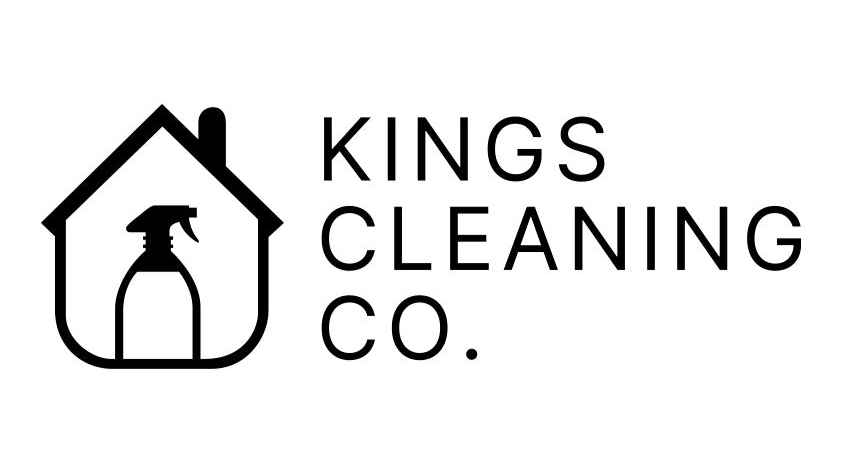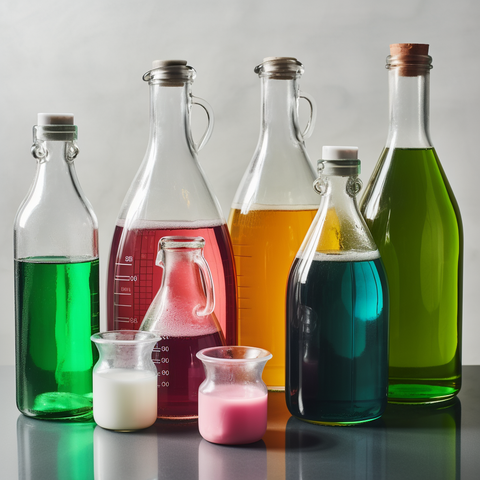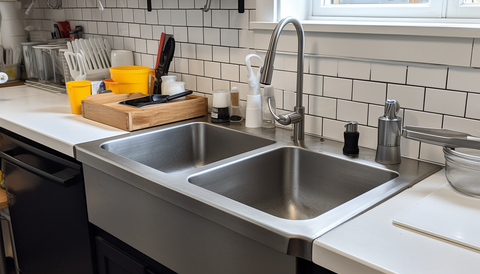Have you ever wondered how cleaning agents work their magic? Whether you're scrubbing your kitchen counters or mopping the floors, understanding the science behind cleaning agents can help you achieve a cleaner and healthier living space. In this article, we will explore the fascinating world of cleaning agents and how they effectively remove dirt, grime, and germs. By the end of this article, you'll have a deeper understanding of the different types of cleaning agents, their effects on surfaces, and even eco-friendly alternatives.
The Basics of Cleaning
To truly understand how cleaning agents work, we need to define what "clean" means on a molecular level. At its core, cleanliness refers to the removal of unwanted substances from a surface. Water plays a crucial role in cleaning as a universal solvent. Its unique properties allow it to dissolve a wide range of substances, making it an excellent base for many cleaning agents.
Types of Cleaning Agents
-
Detergents: Detergents are one of the most commonly used cleaning agents. They are composed of a chemical structure that allows them to break down dirt and grease. When mixed with water, detergents form micelles, which surround and lift away dirt particles from surfaces.
-
Disinfectants: Disinfectants are essential for killing harmful microbes and preventing the spread of diseases. They contain active ingredients such as alcohol, bleach, or hydrogen peroxide, which effectively destroy bacteria, viruses, and fungi.
-
Abrasives: Abrasives are physical cleaning agents that rely on their rough texture to scrub away stubborn stains and grime. They are commonly used for cleaning surfaces like metal, glass, or tile.
-
Solvents: Solvents are substances that dissolve other substances. They are particularly effective at removing oil, grease, and paint. Different types of solvents, such as alcohol or acetone, are used for specific cleaning purposes.
The Chemistry Behind Cleaning Agents
-
pH Levels: The acidity or alkalinity of a cleaning agent, measured by its pH level, plays a significant role in its cleaning efficiency. Acidic cleaners are effective against mineral deposits and rust stains, while alkaline cleaners are better at removing grease and organic matter.
-
Surfactants: Surfactants are compounds that lower the surface tension of water, allowing it to spread and penetrate dirt and grease. They break down the bonds between dirt particles and surfaces, making it easier to remove them.
-
Enzymes: Enzymes are biological molecules that act as catalysts in breaking down organic matter. They are commonly found in cleaning agents designed for removing stains like blood, grass, or food.
How Cleaning Agents Interact with Different Surfaces
-
Porous vs Non-Porous: Cleaning agents behave differently on porous and non-porous surfaces. Porous surfaces, like wood or fabric, absorb cleaning agents, making it important to choose the right product to avoid damage. Non-porous surfaces, such as glass or metal, allow cleaning agents to sit on the surface and work effectively.
-
Natural vs Synthetic Materials: Different cleaning agents may have specific considerations when used on natural or synthetic materials. For example, certain chemicals may bleach or discolor natural fibers, while abrasive cleaners can scratch delicate surfaces.
Environmental Considerations
-
Biodegradability: The environmental impact of cleaning agents is an important consideration. Biodegradable cleaning agents break down naturally and are less harmful to the environment compared to non-biodegradable alternatives.
-
Eco-Friendly Alternatives: If you're looking for sustainable cleaning options, there are many eco-friendly alternatives available. These include natural cleaning agents like vinegar, baking soda, or lemon juice, which are effective and safe for the environment.
Practical Applications
Choosing the right cleaning agent for different tasks can make a significant difference in cleaning efficiency. Here are some tips to help you select the appropriate cleaning agent:
- Consider the surface you're cleaning and choose a cleaning agent suitable for that material.
- Read product labels and follow instructions for proper use and dilution.
- Test a small, inconspicuous area before using a new cleaning agent on a larger surface.
- Consider any specific cleaning needs, such as disinfection or stain removal.
Conclusion
Understanding the science behind cleaning agents empowers you to make informed choices when it comes to keeping your space clean and germ-free. By knowing how different cleaning agents work, their effects on surfaces, and eco-friendly alternatives, you can achieve a cleaner and healthier living environment. Apply this knowledge to your cleaning routines and explore the range of Australian-made cleaning products offered by Kings Cleaning for effective and sustainable cleaning solutions.
Ready to take your cleaning routine to the next level? From choosing the right cleaning agents to improving your cleaning efficiency, Kings Cleaning Co has you covered. Don't miss out on this opportunity to elevate your cleaning game and achieve a cleaner and healthier living space.





Comments (0)
There are no comments for this article. Be the first one to leave a message!